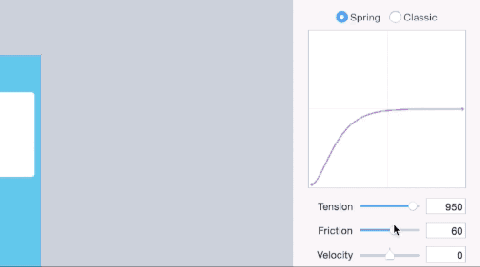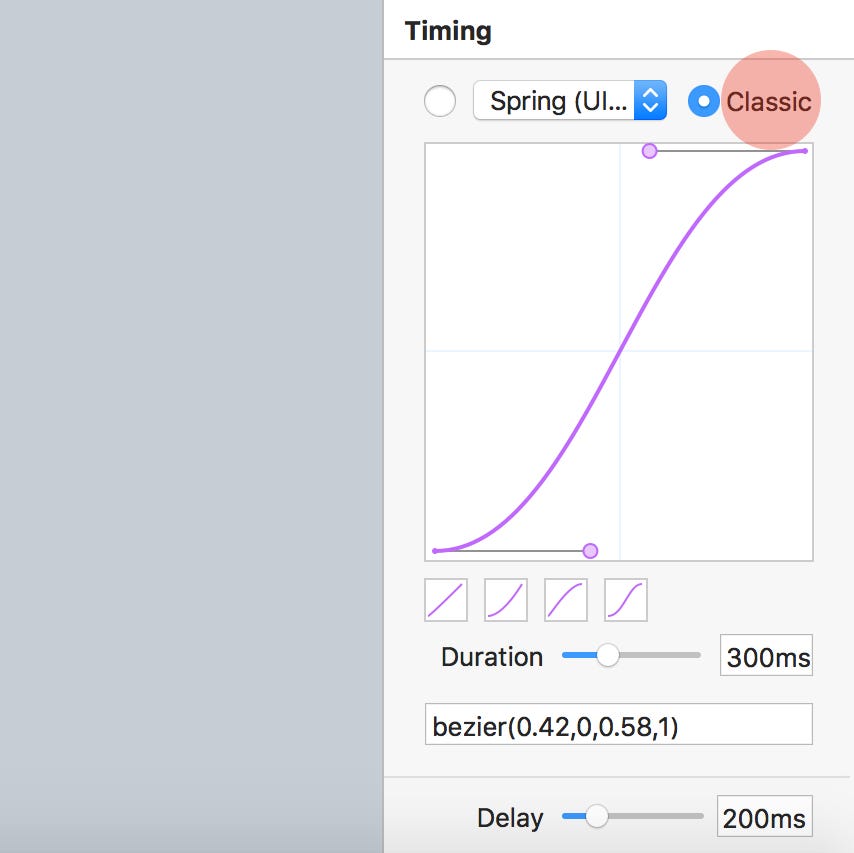
Real-time collaboration between a requester and crowd workers expands the scope of tasks that crowdsourcing can be used for by letting requesters and crowd workers interactively create various artifacts (e.g., a sketch prototype, writing, or program code). In this work, I showed that enabling collaborative, expressive, and live interactions in computational systems allow the broader population to take part in various creative practices. This dissertation explores three topics: (1) the challenges inherent to collaborative creation in live settings, and computational tools that address them (2) methods for reducing the barriers of entry to live collaboration and (3) approaches to preserving liveness in the creative process, affording creators more expressivity in making artifacts and affording users access to information traditionally only available in real-time processes. Through these interactive systems, non-expert participants help create such artifacts as GUI prototypes, software, and musical performances. Additionally, creators can receive immediate feedback in a continuous, closed loop with users. Live collaboration is beneficial for users and creators alike: making the process of creation visible encourages users to engage in the process and better understand the final artifact. Liveness helps preserve natural expressivity, supports real-time communication, and facilitates participation in the creative process. In the systems that I have created, I explored liveness, the extent to which the process of creating artifacts and the state of the artifacts are immediately and continuously perceptible, for applications such as programming, writing, music performance, and UI design. In particular, the interactive systems presented in this work support live collaborative creation, in which artifact users collaboratively participate in the artifact creation process with creators in real time. This work explores how computational systems can facilitate collaboration, communication, and participation in the context of involving users in the process of creating artifacts while mitigating the challenges inherent to such processes.


As a consequence, effectively involving non-expert end users in such creative processes is challenging.
#Timing animations in flinto manual#
We conducted a study with crowd workers recruited from Mechanical Turk, which demonstrated that workers could create animations using SketchExpress in 2.9 minutes on average with 27% gain in the quality of animations compared to the baseline condition of manual demonstration.Ĭreating an artifact - such as writing a book, developing software, or performing a piece of music - is often limited to those with domain-specific experience or training.

The recorded behaviors persist for future reuse to help users communicate with the animated prototype. These behaviors are manually demonstrated, refined using remix functions, and then can be replayed later. With the system, a requester-designers or end-users-describes aloud how an interface should behave and crowd workers make the sketched prototype interactive within minutes using a demonstrate-remix-replay approach.

In this paper, we introduce SketchExpress, a crowd-powered prototyping tool that enables crowd workers to create reusable interactive behaviors easily and accurately. However, interactive behaviors in such prototypes are often replaced by textual descriptions because it usually takes even professionals hours or days to create animated interactive elements due to the complexity of creating them. Low-fidelity prototyping at the early stages of user interface (UI) design can help designers and system builders quickly explore their ideas.


 0 kommentar(er)
0 kommentar(er)
